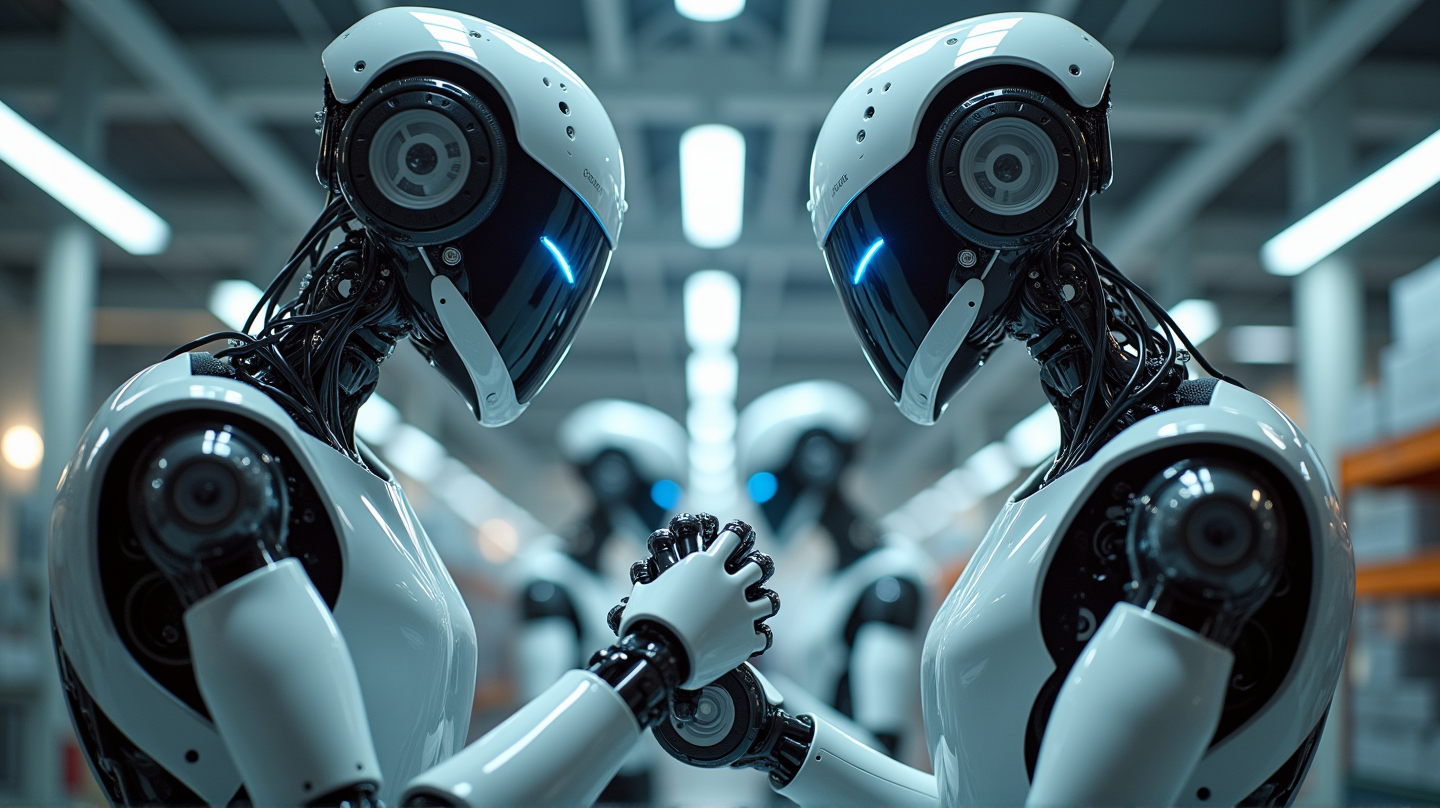In a competitive race for artificial intelligence and engineering experts, China’s humanoid robotics sector is dangling an enticing carrot: salaries reaching up to US$5,300 monthly. This figure is an impressive fourfold increase on the national average, a strategic move aimed at luring top talent to a rapidly expanding industry, according to VnExpress International.
A Lucrative Opportunity in Robotics
AI and robotics are no strangers to hefty price tags, yet within China, the stakes just got higher. Reportedly, the average monthly salary for humanoid robot algorithm engineers has ascended to 31,512 yuan, with perks escalating to 38,489 yuan for professionals with more than five years under their belt. These figures stand in stark contrast to the national urban average of 10,058 yuan per month.
Bridging the Talent Gap
Despite this generous compensation, companies like Unitree Robotics face a monumental task: a talent shortfall across all sectors from R&D to marketing. Enterprising leaders, like Unitree’s founder Wang Xingxing, openly call for skilled candidates to fill the gap, emphasizing a broad welcoming stance across multiple company facets.
Surge in Demand for Advanced Talent
The evolution of humanoid robotics, driven by smart manufacturing needs and elder care solutions, has sparked a notable hiring boom. As this market expands, so does the complexity of systems it requires—demanding not just general knowledge but specialized expertise in advanced algorithms and mechanical structures.
Growth Outpaces the Broader Market
Remarkably, the humanoid robotics job market has seen a year-on-year surge in both openings and applications, with a staggering 409% and 396% growth, respectively, within just the initial months of 2025. This increase starkly contrasts with more modest figures seen across the broader robotics sector.
A Promising Future
As the industry barrels towards a brighter future, predictions by Morgan Stanley and others foresee China emerging as a global powerhouse in humanoid robotics, with the potential market value of up to $5 trillion in the coming decades. With over half of the world’s humanoid robots projected to be manufactured within China by next year, the country’s robotic enterprise is set to blossom, both in innovation and economic footprint.
In a world increasingly shaped by artificial intelligence, China’s ambition to lead in humanoid robotics not only highlights economic aspirations but also underscores a profound shift towards a future where robots may soon walk alongside us in everyday life.
